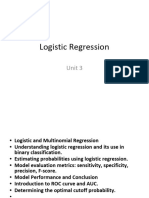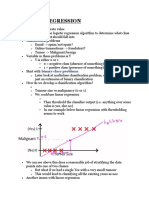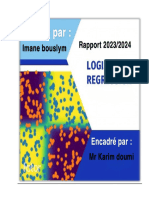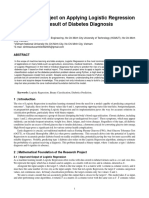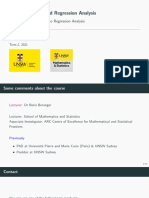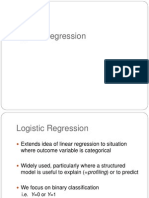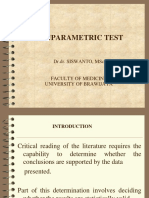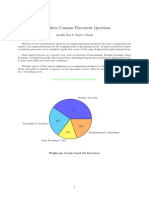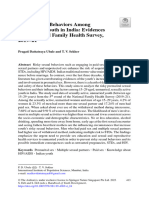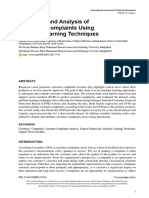0% found this document useful (0 votes)
13 views10 pagesLogistic Regression
Logistic regression is a statistical method for binary classification that models the probability of a given input belonging to a particular class using a sigmoid function. It is particularly effective in healthcare for predicting outcomes like disease presence, providing interpretable probabilities for clinicians. The document also discusses the cost function, performance metrics, and the importance of the confusion matrix in evaluating model performance.
Uploaded by
ravindrababu.jonnadulaCopyright
© © All Rights Reserved
We take content rights seriously. If you suspect this is your content, claim it here.
Available Formats
Download as DOCX, PDF, TXT or read online on Scribd
0% found this document useful (0 votes)
13 views10 pagesLogistic Regression
Logistic regression is a statistical method for binary classification that models the probability of a given input belonging to a particular class using a sigmoid function. It is particularly effective in healthcare for predicting outcomes like disease presence, providing interpretable probabilities for clinicians. The document also discusses the cost function, performance metrics, and the importance of the confusion matrix in evaluating model performance.
Uploaded by
ravindrababu.jonnadulaCopyright
© © All Rights Reserved
We take content rights seriously. If you suspect this is your content, claim it here.
Available Formats
Download as DOCX, PDF, TXT or read online on Scribd
/ 10



